When county probation officers went to a Paradise Hills home to conduct a surprise search on the resident, they got a surprise of their own.
Another probationer — a man with an extensive criminal record and ties to the violent Mexican Mafia prison gang — was asleep in a chair, with a loaded gun, heroin and methamphetamine.
The crime could have easily sent Jason John Clipper, nicknamed “Smokey,” back to the state prison from which he’d just been released. Instead, he was prosecuted federally on charges that combined his prohibition of being a felon in possession of a gun with drug trafficking.
In August, he was sentenced to 15 years in prison. Federal prosecutors point to the case as a quintessential example of a larger strategy to reduce gun violence by targeting the county’s most violent armed offenders.
Such cases have gotten increased attention from the U.S. Attorney’s Office in San Diego over the past few years under the Department of Justice’s Project Safe Neighborhoods program. In fiscal 2021, which ended Sept. 30, federal gun prosecutions rose by nearly 50 percent over the prior year to the highest levels seen in the office — about 85 cases, according to prosecutors.
Many of the cases start out as Clipper’s did, as spontaneous encounters with local law enforcement. They often involve traffic stops during which police find guns in the possession of people who are prohibited from having them, according to a review of dozens of cases.
The cases are then flagged for federal consideration in lieu of state charges, for several reasons.
Federal bail requirements are more onerous; prison terms can be longer; and release conditions are often more strict — all of which can serve to further protect the community, said Assistant U.S. Attorney Andrew Haden, chief of the office’s criminal division and former chair of the local Project Safe Neighborhoods Task Force. Federal probation supervision may also be able to provide more services to help people who have served their sentences re-enter the community more successfully, he added.
“Our enforcement piece is trying to use very target-driven prosecutorial strategies to disrupt the cycle of violence,” Haden said.
Efforts to curb gun violence using existing laws grew more urgent last spring with increasing bloodshed both nationally and locally. In San Diego County, gun violence accounted for 60 percent of homicides and 18 percent of aggravated assaults in the first six months of 2021, according to statistics analyzed by the San Diego Association of Governments, or SANDAG.
Beyond enforcement tactics, Project Safe Neighborhoods also funds local organizations to target issues specific to each community.
The latest allocation to the Southern District of California — which encompasses San Diego and Imperial counties — was announced earlier this month: more than $185,000.
SANDAG, which administers the funds locally, will soon be soliciting grant applications from organizations and agencies for chunks of the money. The recipients will ultimately be chosen by the executive committee of the local Project Safe Neighborhoods Task Force, consisting of former San Diego police Chief Shelley Zimmerman, former Chula Vista police Chief David Bejarano and former federal prosecutor Paul Cook.
Community groups specializing in crime prevention, such as the Boys & Girls Club of Oceanside, and rehabilitation, such as Rise Up Industries’ reentry program in Santee, have been typically prioritized.
Last year, money also went to help fund the San Diego City Attorney’s Office’s expanding effort to seek temporary gun violence restraining orders to prevent predictable acts of violence by removing firearms from people who pose a threat to themselves or others.
This story originally appeared in San Diego Union-Tribune.
©2021 The San Diego Union-Tribune. Visit sandiegouniontribune.com. Distributed by Tribune Content Agency, LLC.
—-
This content is published through a licensing agreement with Acquire Media using its NewsEdge technology.



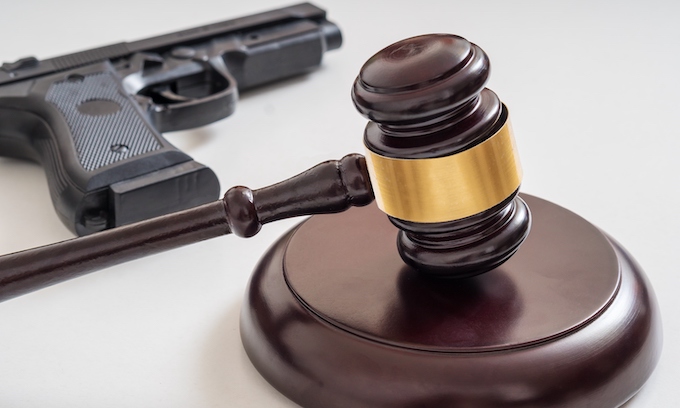
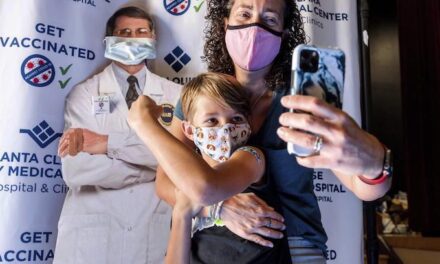
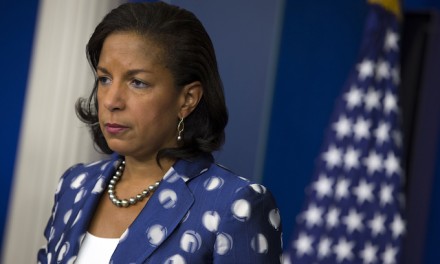
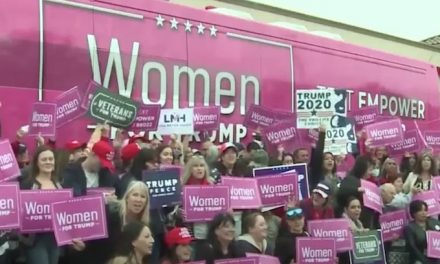
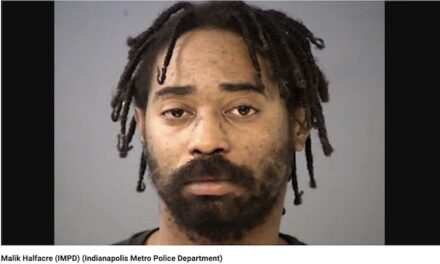











What happens in the cesspool known as communist California, is that no one is prosecuted at the local level and that is why there is so much crime. Liberalism / voter communist sheep at look what it has gotten you voters in communist California!
When criminals gain control of a country as has happened in America there is no crime bad enough for prison when the bad guys pledge to vote for crooked politicians.
AND what’s the bet, this druggie was an ILLEGAL INVADER..
So, taxpayers are to foot the bill for damages Democrats not only allowed, but encouraged. What a surprise.